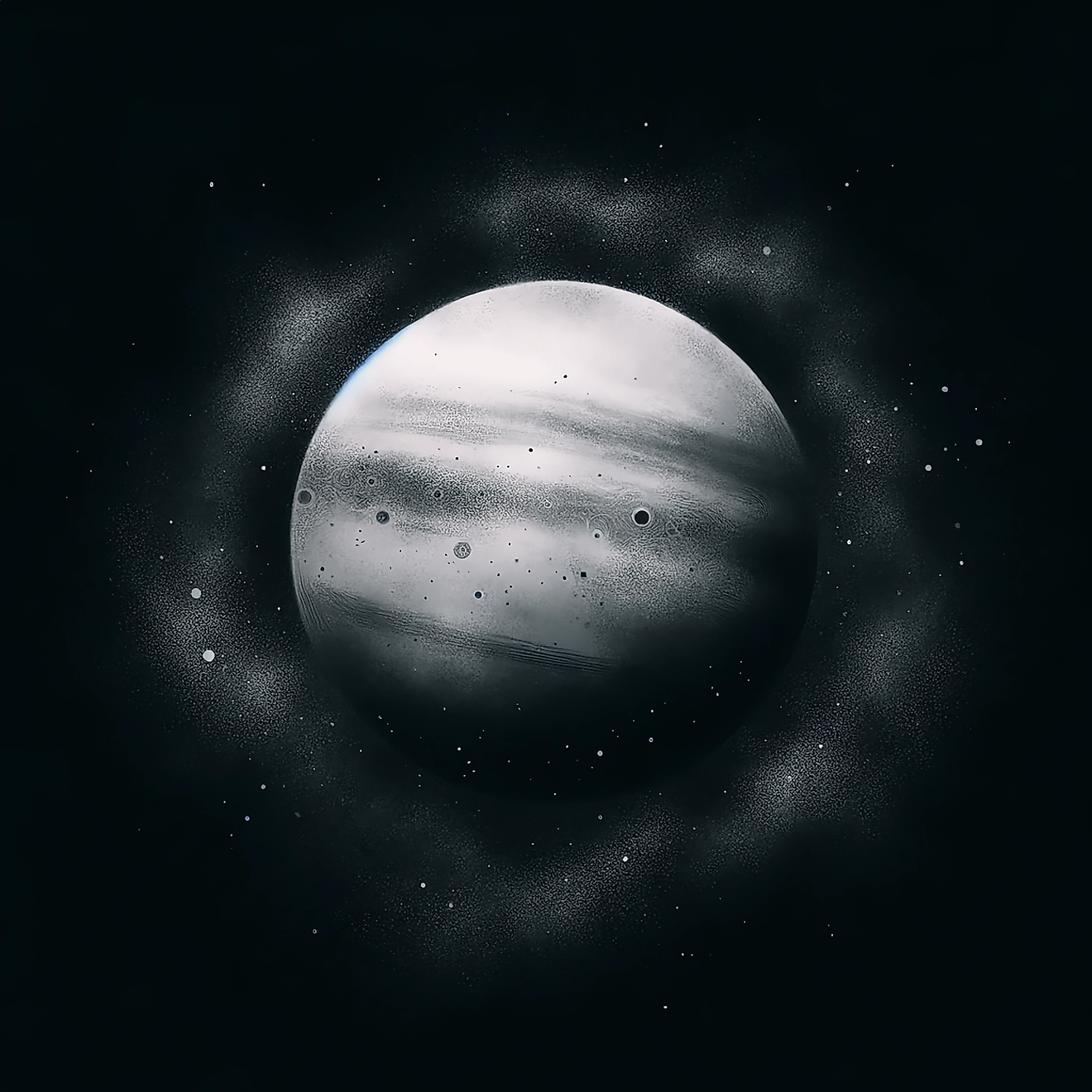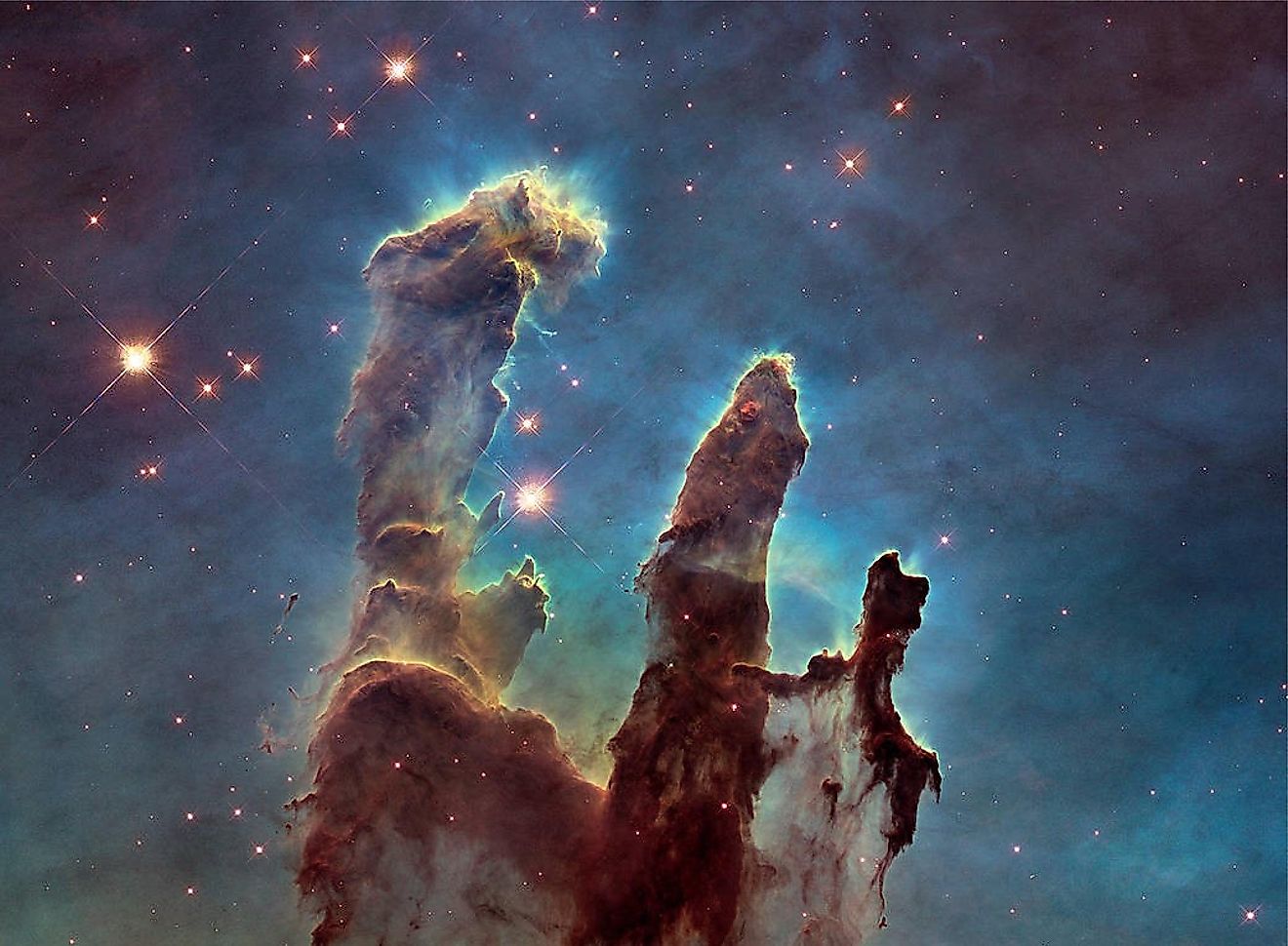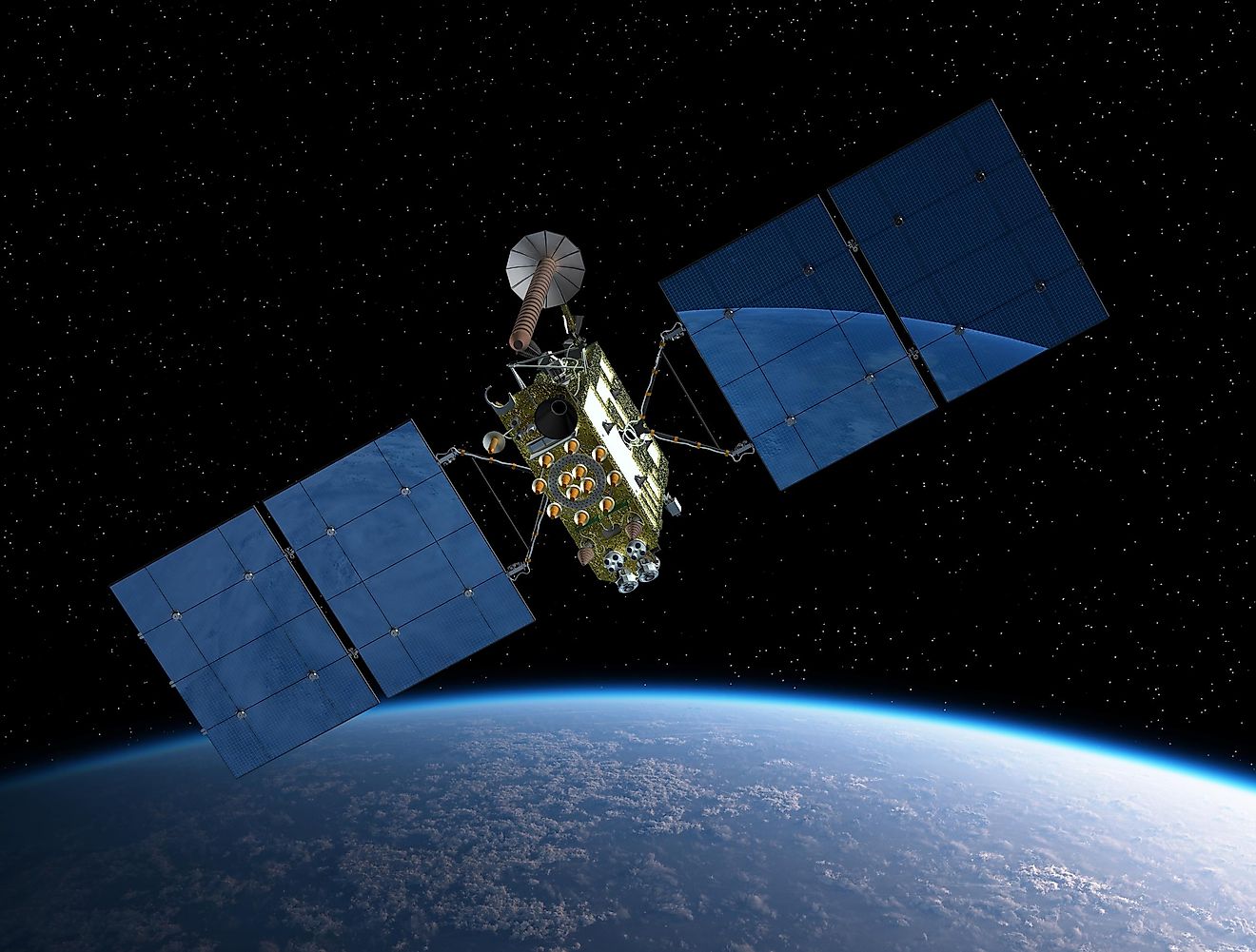
Jupiter Is About To Be At Its Closest Approach in 59 Years
All the planets in the solar system orbit the sun. The shape of those orbits is not perfectly circular. Rather, the planets orbit the sun in elliptical orbits. Thus, the orbits of the planets are more egg-shaped than circular. This also means that the distance between the sun and each of the planets, as well as the distance from planet to planet, changes depending on where they are in their orbit. For example, when Earth’s farthest approach from the sun happens to align with Jupiter’s closest approach, the two planets will be at their minimum distance from each other. On September 26, 2022, the Earth will happen to be located in between the sun and Jupiter, while Jupiter will be at its closest approach to the sun. This will result in Jupiter being closer to the Earth than at any point in the last 59 years.
How Close Will Jupiter Be?

On average, the distance between the Earth and Jupiter is around 444-million miles (715-million kilometres). On September 26th, however, Jupiter will be nearly 100-miles closer, coming within a distance of 365-million miles (587-million kilometres). That is a fairly significant difference in distance, and as a result, Jupiter will appear noticeably brighter in the night sky. If you happen to have a pair of binoculars or a telescope, it would be a perfect time to observe Jupiter since the last time the gas giant was this close was 59 years ago. Opportunities such as this are truly rare. Features on Jupiter should be more visible as well, and even with binoculars, you will be able to see the four Galilean moons of Jupiter: Io, Europa, Ganymede, and Callisto. Even with just binoculars or a small telescope, you will even be able to spot the large atmospheric bands that stretch across the gas giant. Amazingly, if you have a powerful enough telescope, you may even be able to see the Great Red Spot.
To make observations of Jupiter even easier, it will be a new moon on September 25th, and so while Jupiter is at its closest approach, it will likely be the brightest object in the night sky. Jupiter will be located in the southeast section of the sky near the constellations Pegasus and Pisces.











